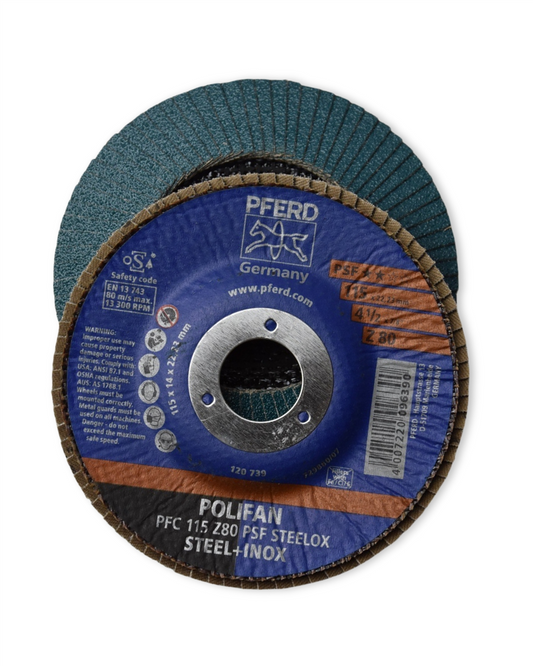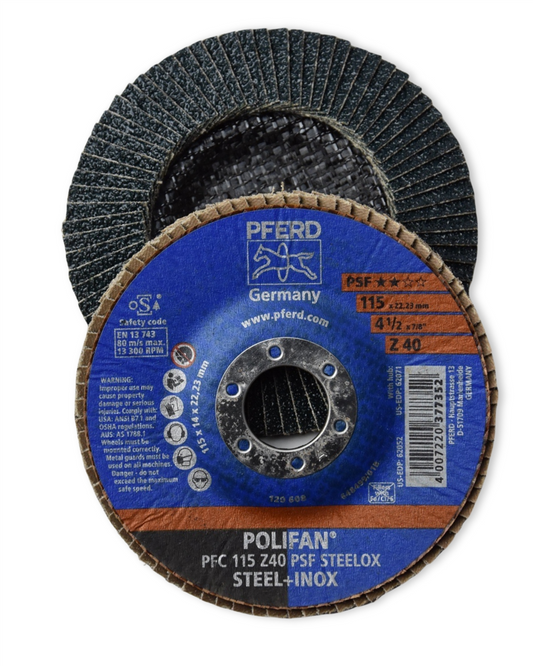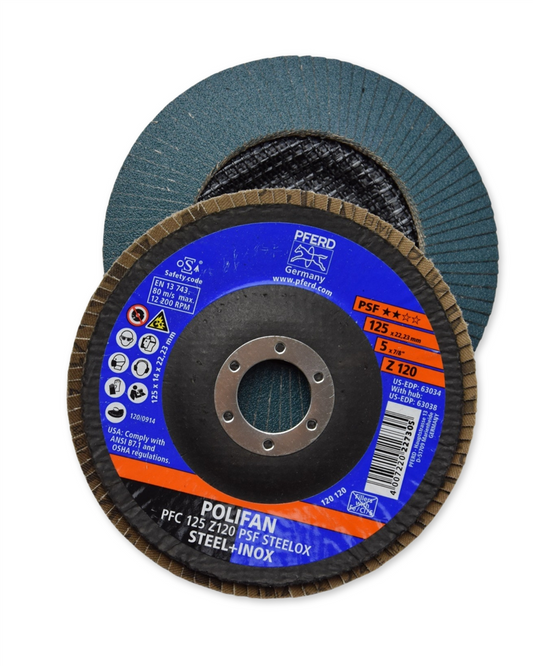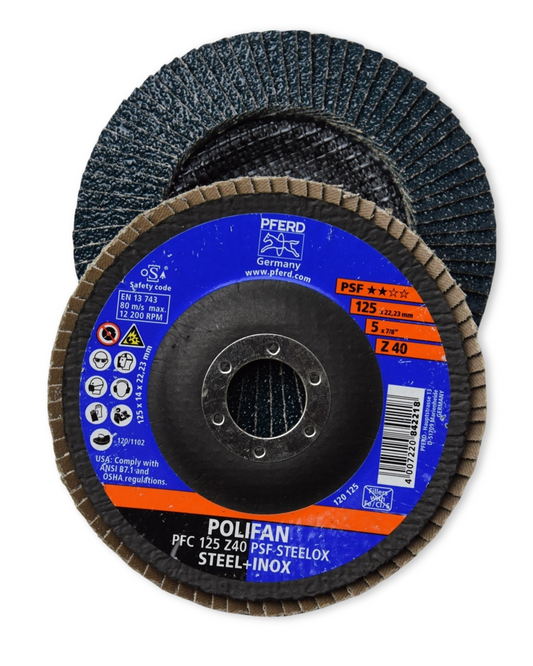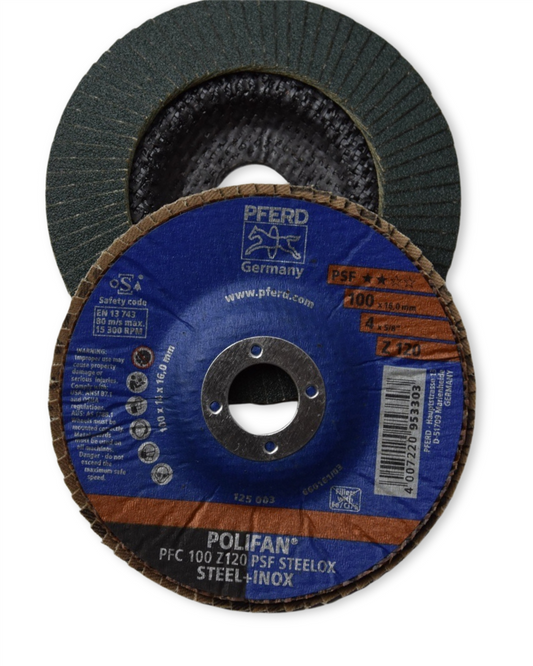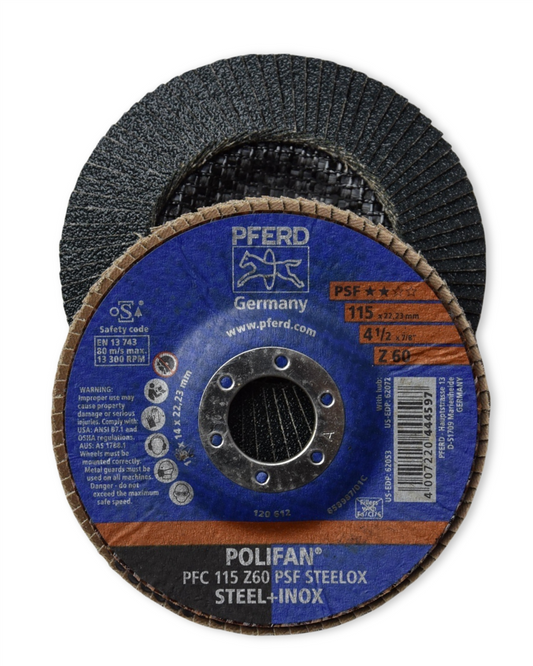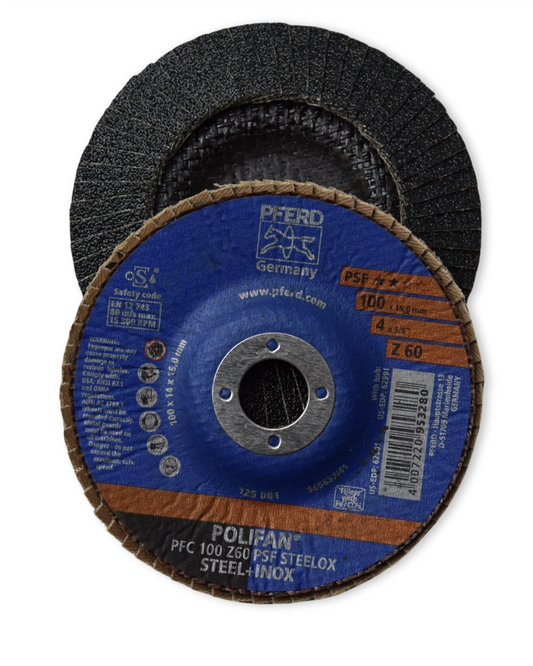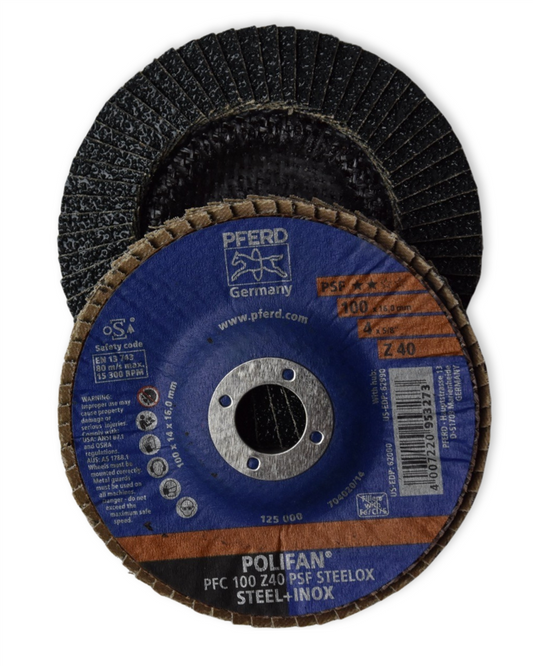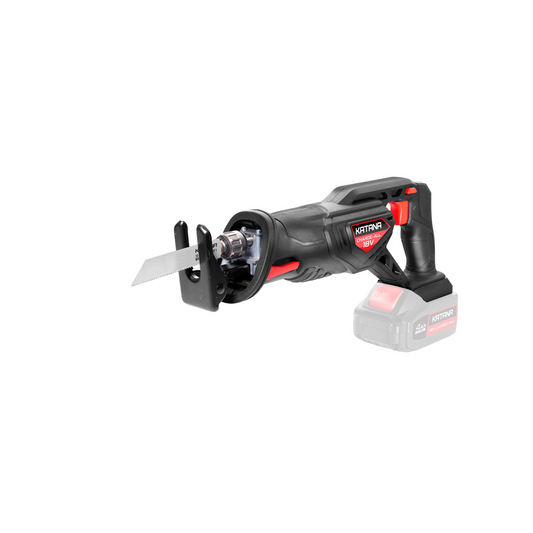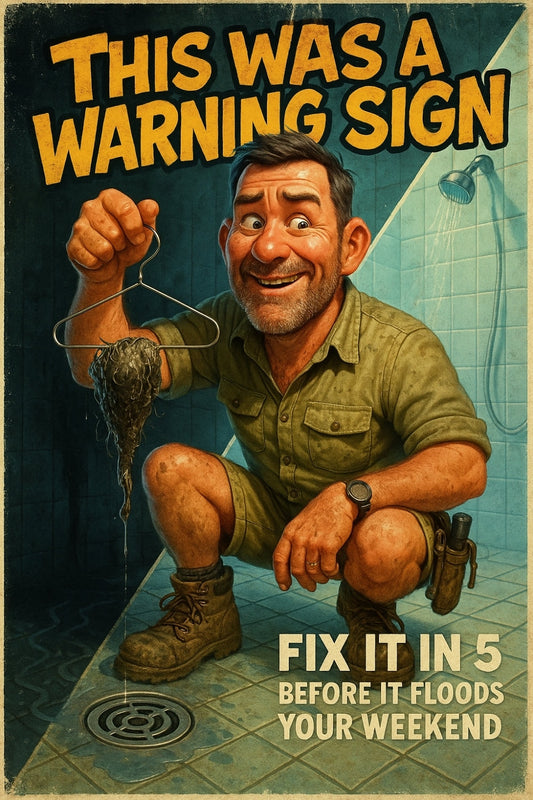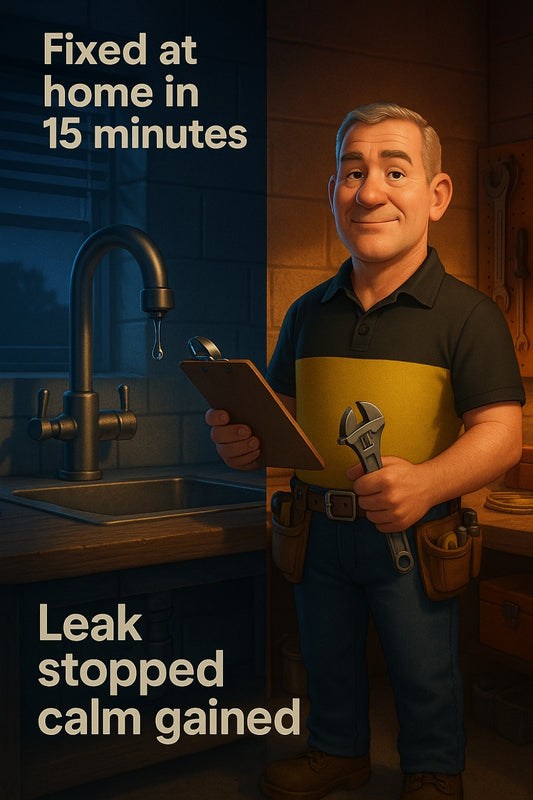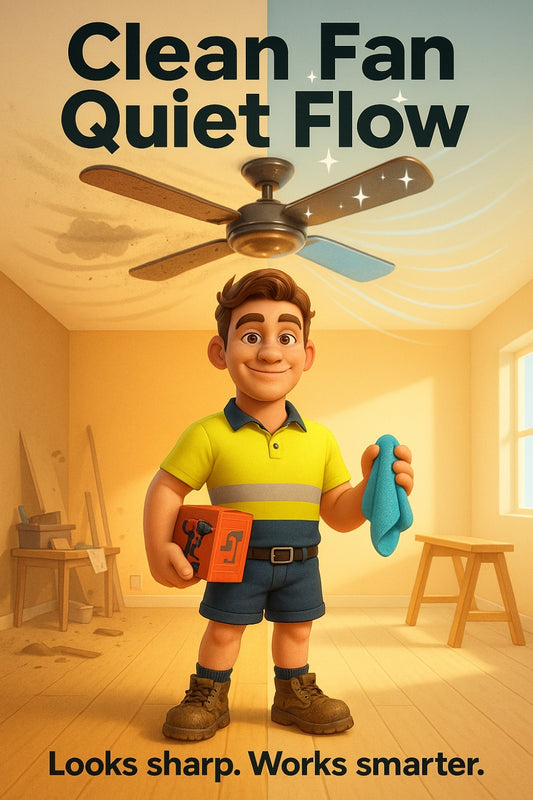One looks like the other — but only one stops screws from slipping or snapping.
Share
Impact Driver or Drill?
How to pick the right tool for your project, without the guesswork
You’re halfway through a fence repair, kids are chasing chickens around the backyard, and your drill starts struggling with that stubborn timber screw. You wonder… is this the right tool for the job?
It’s a common moment – standing in the shed or aisle, holding two familiar-looking power tools: the drill and the impact driver. They look alike, they sound alike, but when it comes to performance? There’s a world of difference.
If you’ve ever stripped a screw, stalled mid-job, or just felt unsure – this is for you.
Let’s roll up our sleeves and get to the heart of it. Here's everything you need to make a confident choice next time the project calls for power and precision.
What is a Drill?
The classic all-rounder in your DIY toolkit
A drill is the go-to for everything from hanging pictures to assembling flat-pack furniture. It creates holes in wood, metal, plastic and even masonry (with a hammer function), and can drive screws too — though that second job’s not its strong suit under pressure.
Suits jobs like:
- Drilling pilot holes for garden sleepers
- Installing floating shelves in the hallway
- Screwing fence hinges where precision matters
Sounds like: a smooth whirr — no aggressive banging or rattling.
What is an Impact Driver?
The torque-heavy cousin with serious grunt
An impact driver looks a bit stubbier than a drill but delivers more rotational force (torque) in rapid, pulsing bursts. It’s built to drive long or rugged screws through heavy materials without stripping the head or burning out the motor.
Suits jobs like:
- Putting in decking screws through jarrah or hardwood
- Building a retaining wall with treated pine sleepers
- Assembling raised veggie beds out of recycled timber
Sounds like: a rhythmic tapping or banging – a bit like a distant roadworker with a drill, but less alarming.
The Key Differences
So how do you tell when to grab which?
| Feature | Drill | Impact Driver |
|---|---|---|
| Main Use | Drilling holes, light screw driving | Driving screws and bolts |
| Torque Power | Lower | Higher |
| Control | Precise | More kickback, less control in delicate jobs |
| Bit Compatibility | Chuck fits round and hex bits | Hex bits only (1/4") |
| Motor Action | Steady rotation | Pulsing rotation (impact mechanism) |
Think of a drill as your surgical tool — great for finesse, accuracy, and versatility. The impact driver? That’s your workhorse when brute force is needed with a gentler grip on your wrist.
What Should You Use?
Consider the material, the screw, and the story
Before choosing, take a moment to think:
- How hard is the material? Hardwood, railway sleepers, or old gum? Use the impact driver.
- Are you drilling holes or just driving? Drills do holes – impact drivers don’t.
- Do the screws keep slipping or stripping? That’s impact territory.
One customer came in last month, flustered by a row of rounded screws that ruined their raised garden bed edge. We handed them an impact driver to try on the last corner. Job done in half the time – no cracks, no stripped heads. Their exact words: “Why didn’t I use this from the start?”
Should You Own Both?
In a perfect world: yes. They complement each other, like trowel and hose, or screw and bracket. But if you’re starting out or want one to go the distance, think about your project list.
If you mostly:
- Build, assemble, or repair things outdoors – lean towards an impact driver.
- Need neat holes or do more precision tasks indoors – a drill will serve you well.
Plenty of folks come in expecting to walk out with one, and end up realising their dream setup includes both — even better if they run on the same battery platform. The good news? You don’t need to buy them all at once. Start with what matches your current needs, and build from there.
Final Thoughts
Choosing between an impact driver and a drill isn’t just about tools — it’s about how your home functions. That shade pergola you’re planning, the chook run gate, the salvaged timber bench? The right gear makes those projects calmer, quicker, and far more satisfying.
The tools don’t do the thinking for you — but they should always have your back. If in doubt, pop into the store. Our crew’s always happy to demo the difference or match the tool to your next big idea.
Here’s to fewer stripped screws and more “job well done” moments.
Cheers,
Candeece

Stay Connected
Follow our Facebook Page: Strathalbyn H Hardware on Facebook



